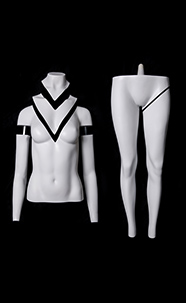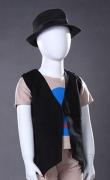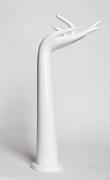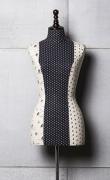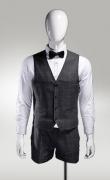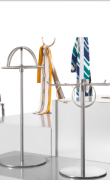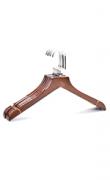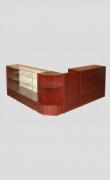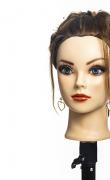If the display is compared to a play, then the display designer is the "director" of the play, the goods are his "actors", and the store space, props, etc. are the overall scene and atmosphere. The entire display design is the performance plan of the visual of the goods.
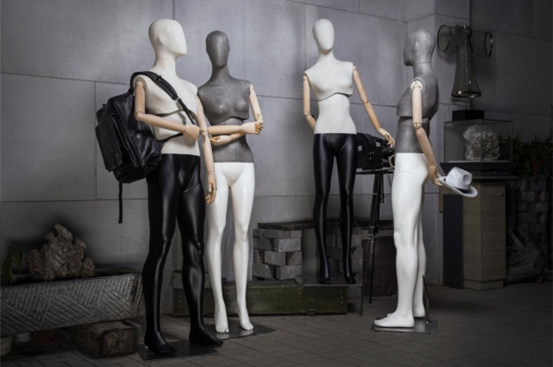
They do not show up and do not sell goods, but they determine whether customers are willing to stop and whether they have the urge to "want to own" - this is a silent sales art and an indispensable soul power.
Excellent display is not as simple as filling the shelves, but pays attention to "visual language" and "moving line logic". Just like the director arranges the order of actors' appearance and emotional ups and downs, the window display must accurately grasp the "position" and "role" of each type of goods:
The main product is the protagonist, and the lighting, floor height, and supporting props should be developed around it; the auxiliary products are the supporting roles, which need to build an atmosphere and stimulate associations; the long-tail products are the crowd actors, and they also need to "show their faces" in the right place to activate the marginal areas.
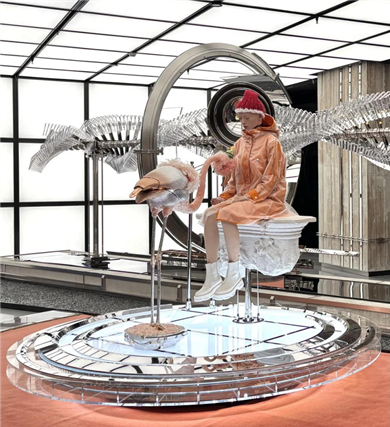
The "theater" faced by the display designer - the store space, must not only be practical, but also emotional. The glass window is the "trailer", the flow of traffic in the store is the "rhythm of the plot", and the cashier is the "climax of the ending".
Contemporary consumers buy not only goods, but also a "feeling". Therefore, the essence of display is to stimulate emotional response with visual language.
Color matching: contrast between cold and warm, emphasize the level of goods; use popular colors to stimulate the desire to buy.
Rhythmic layout: high and low, sparse and dense, let the customer's sight "breathe" flow.
Situational props: combine seasons, themes, and hot activities to build a picture of life and guide the sense of substitution.
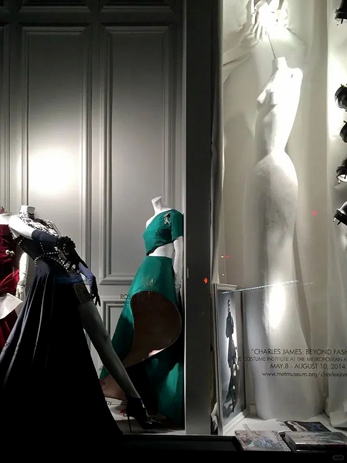
To perform the "play" of the window well, it also requires cooperation from many aspects. A good venue (space), in line with the plot (product story), in line with the temperament of the actors (positioning of the goods), and strong support from logistics and other aspects, these conditions can make the window perform well.




